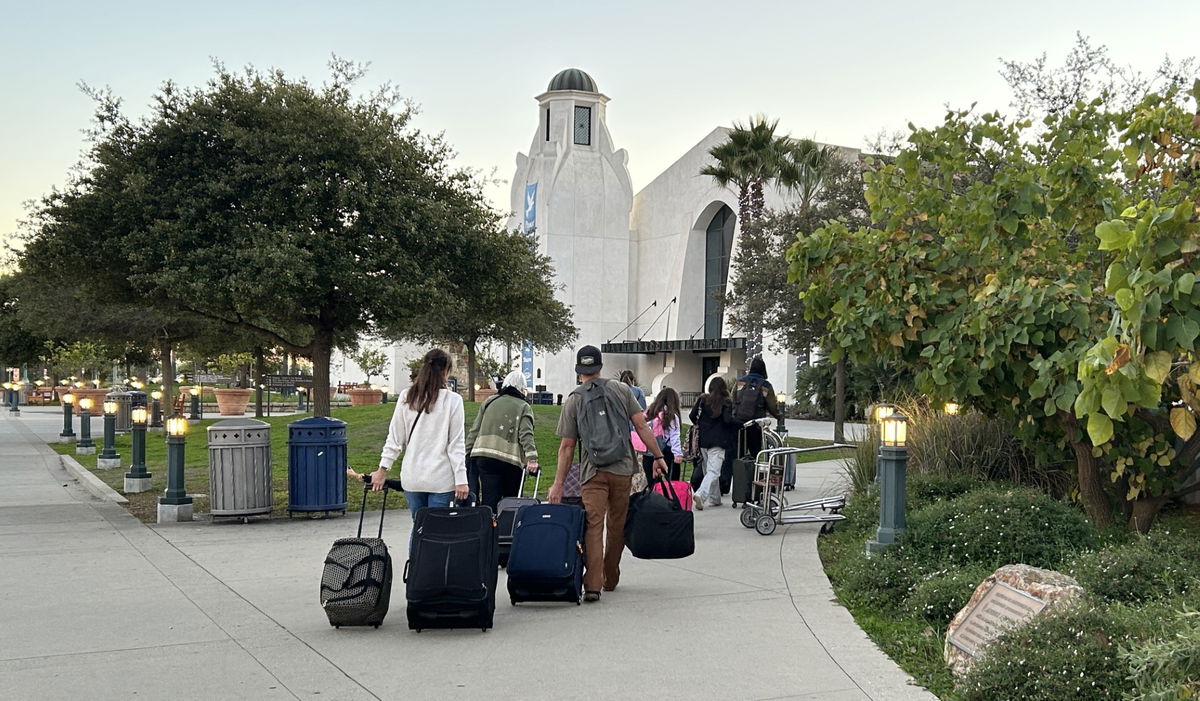Jobs
Annual survey shows Southeast businesses concerned about filling jobs – Chilkat Valley News

The number of jobs in Southeast Alaska continued its post-pandemic recovery last year. Yet, employers remain worried about filling job vacancies amid declining — and aging — population numbers.
“While jobs continue to grow in 2024, so do concerns about the lack of a sufficient workforce in the region,” according to the annual Southeast Alaska by the Numbers report.
“Compared to 2010, when the population was nearly identically sized, the region now has 1,700 more jobs and 5,600 fewer workforce-aged residents,” said the report, prepared by researcher Meilani Schijvens, of Juneau-based Rain Coast Data. Schijvens, who has assembled the report since 2010, presented it at Southeast Conference last month in Ketchikan.
Haines tourism director Rebecca Hylton attended the presentation and said it was a little painful to watch because Schijvens referred to Haines as “experiencing a lot of internal strife,” and said those fights were impacting the business climate.
“We got roasted, you know? And it was well deserved,” Hylton said during a late September interview. “They weren’t wrong, she wasn’t wrong.”
Hylton said the relationship between borough employees and elected officials has historically been full of friction. “It’s unstable,” she said.
Ranking the region’s challenges to economic development, Southeast business leaders “continue to identify housing as the top obstacle … with 61% of business leaders saying it is critically important to focus on housing over the next five years,” according to the report’s survey conducted this past spring. “The housing shortage is deterring young families and workers from relocating to, or remaining in, the region.”
Half of businesses that responded to the survey said “finding better ways to attract and retain workforce-aged residents to the region is critically important.”
In Wrangell, about 60% said “the need to attract young professionals over the next five years is critical.”
The population loss was consistent throughout Southeast from 2022 to 2023, with the Haines and Ketchikan boroughs, Wrangell, Hoonah and Skagway all dropping by 2% to 3%.
Haines is projected to see a slow population decline in the future, with state projections putting the population just over 2130 by 2050, down from 2,530 in 2023.
People who live in Haines are, on average, older than the rest of the state, with the median age of Haines residents at 48.3 – that’s 13 years older than the average age statewide, according to state population estimates.
The aging population is a Southeast-wide issue.
“Southeast continues to have the state’s oldest residents. Since 2010 — a year with a similar resident count to 2023 — the region lost more than 2,000 kids, while the 60-plus population grew by more than 7,000 older residents, from 17% of the overall population to 27%,” according to the Rain Coast Data report. Across Southeast since 2010, “those of prime working age, aged 19 to 59, shrank by more than 5,600 residents. While many work well into their senior years, this demographic shift has resulted in a declining regional workforce.”
The total Southeast population has dropped by more than 3,000 in the past decade. A component of the workforce shortage for the region is outmigration — more people leaving the state than moving in.
“In 2023, nearly 800 more people moved away from Southeast Alaska than those who moved here, and deaths slightly outnumbered births. The majority of those who moved away left Alaska entirely.”

Statewide, Alaska has had 12 straight years of negative net migration. “This is not normal for us. It hasn’t happened before,” Dan Robinson, a research chief at the state Labor Department, said at an Anchorage forum last month. The longest prior streak was four years, he said.
Even with the challenges, Alaska Native organizations, tourism businesses, nonprofits and health care providers were the most positive about the economy moving into 2024, the annual Southeast report said.
“Communities with the most positive outlooks include Hoonah, Skagway and Ketchikan,” all heavily dependent on large cruise ship numbers.
The largest category of job growth was in the tourism industry, adding more than 2,000 jobs from the spring 2022 survey to July 2024. Cruise ship passenger numbers set a record high in Southeast at almost 1.7 million last year.
Hylton said cruise ship traffic was up from where it was last year, but is projected to be flat next year.
“But after that there’s just growth,” she said.
During Southeast Conference, Hylton said she met with a few cruise-line related entities. She said the lines Windstar and Azamara are coming to Alaska.
“Windstar is like 4-500 high end passengers and they’re looking for ports like us, so they fully intend to come to Haines in 2026,” Hylton said.
Additionally, communities in the Chilkat Valley saw increases in jobs and wages. Haines and Klukwan both saw an 11% jump in the number of jobs between 2022 and 2023. Klukwan had the largest increases in total wages of any community surveyed, with a 25% jump since 2022. Regional job rates remained below 2019 levels for many communities last year.
Airline traffic was up, as were passenger loads on the state ferries, though ferry ridership in 2023 was less than half of the 2013 numbers.
And while tourism overall was up, 2023 was an economically down year for Southeast commercial fisheries. The value of last year’s catch totaled $508 million, down substantially from the 2022 harvest valued at $766 million, as prices crashed last summer amid an oversupplied market. The number of jobs in the seafood industry held steady in 2023, at about 3,600 fishers and processing plant workers, putting it third behind government jobs and the tourism industry.



_web.jpg?height=635&t=1734595314&width=1200)






